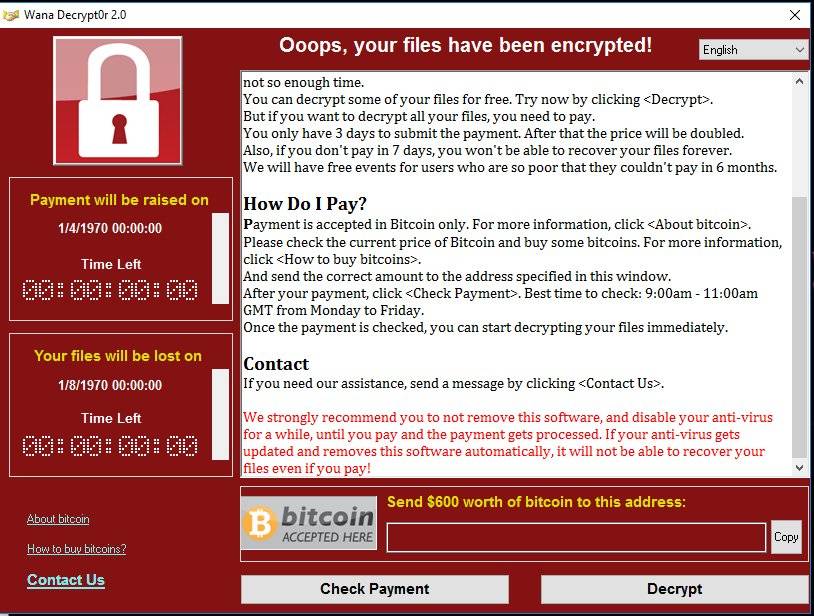Innovative Solutions to open new office in Boca Raton, Florida with professionals skilled in watsonx to support expanded collaboration
ROCHESTER, N.Y. (May 6, 2024) – Innovative Solutions today announced an expansion of its collaboration with IBM to bring Generative AI (GenAI) solutions, AI-infused managed security services, and an AI-infused observability platform for cloud-based applications and businesses to customers. Available on AWS Marketplace, customers can more easily access offerings developed by Innovative Solutions that embed IBM technology such as watsonx, IBM’s AI and data platform with AI assistants, to help modernize their business.
Through this expanded collaboration, Innovative Solutions will work with IBM to deepen its expertise and skills on watsonx to help scale AI adoption among small businesses (SMBs). Innovative Solutions also plans to open a second headquarters in Boca Raton, Florida on May 1, 2024 and is projected to add up to one hundred new jobs by 2026 with emphasis on SMB digital transformation. “Our services combine best-in-class software from IBM with best-in-class cloud infrastructure from AWS, providing real-time value that can’t be found anywhere else,” says Justin Copie, CEO of Innovative Solutions. “We’re already based on the East Coast, and are excited to bring more jobs to Boca Raton, which has a rich history in technology.”
“In selecting Boca Raton as the location for this corporate headquarters, Innovative Solutions joins more than 500 other corporate headquarters in the county, strategically aligning itself with Palm Beach County’s thriving tech sector comprised of 2,000 technology companies. Positioned within the evolving landscape of artificial intelligence, we anticipate Innovative Solutions with long-term growth and innovation from its new location in Boca Raton,” said Kelly Smallridge, President and CEO, Business Development Board of Palm Beach County (BDB).
The core products Innovative Solutions will focus on for SMB clients include:
 Innovative Tailwinds, designed to help organizations rapidly drive business efficiency and growth through Generative AI technologies with IBM watsonx, as well as Amazon Bedrock, Anthropic, and Cohere. Learn More
Innovative Tailwinds, designed to help organizations rapidly drive business efficiency and growth through Generative AI technologies with IBM watsonx, as well as Amazon Bedrock, Anthropic, and Cohere. Learn More Innovative Managed Security Services, leveraging IBM security technology deployed on AWS infrastructure such as EKS, EC2, and purchased through the AWS Marketplace. Learn More
Innovative Managed Security Services, leveraging IBM security technology deployed on AWS infrastructure such as EKS, EC2, and purchased through the AWS Marketplace. Learn More Innovative MAP, leveraging IBM Instana and AWS data transfer and migrations technologies, to monitor and effectively manage workloads as they move onto AWS. Learn More
Innovative MAP, leveraging IBM Instana and AWS data transfer and migrations technologies, to monitor and effectively manage workloads as they move onto AWS. Learn More Managed Cloud Services to help customers with Infrastructure Observability using IBM Instana, supported by access to expert engineers — discounted on AWS services. Learn More
Managed Cloud Services to help customers with Infrastructure Observability using IBM Instana, supported by access to expert engineers — discounted on AWS services. Learn More
MacStadium, a private cloud services provider and SaaS leader that delivers cloud solutions to simplify Mac for business, recently partnered with Innovative Solutions to build and test a new virtual assistant enabled by IBM watsonx Assistant and underpinned by Amazon Bedrock.
“The IBM and AWS collaboration offered a unique combination of leading AI, cloud, infrastructure and open-source technologies that enabled us to scale AI workloads quickly. With our new AI Assistant, we will be able to have an ‘expert’ available to help developers in the moment they need it. Early implementation has led to an increase in staff efficiency and enhanced implementation speed, and we’re excited to continue to scale how we embed AI across our operations,” explains Chris Chapman, Chief Technology Officer at MacStadium.
“Enterprises of all sizes are searching for impactful and trustworthy AI-powered solutions to help modernize their business,” said David La Rose, general manager, IBM Ecosystem, Sell. “Through our collaboration with Innovative Solutions, we’re helping develop the deep expertise of a trusted partner to scale adoption of watsonx on the AWS Marketplace and our portfolio of AI and hybrid cloud offerings with clients on multiple environments. It’s a prime example of meeting clients where they are through the power of the IBM Ecosystem.”
As Innovative continues to focus on providing the best customer outcomes, it all comes down to keeping customer needs at the forefront and finding solutions to meet those needs. “Collaborating with IBM and AWS helps us flip the script on managed services, giving our customers the power of IBM watsonx AI and data platform and AWS AI in a highly secure, managed way that allows them to expedite their growth,” says Copie.
About Innovative Solutions
Innovative believes that every company will become a technology company, and we’re here to help. Recognized as an AWS Premier Tier Services Partner. With an army of cloud experts and the Innovative Cloud Runbook utilizing leading cloud technologies, Innovative gives businesses of every size the confidence to grow in the cloud with generative AI, application modernization, cloud migrations, AWS cloud hosting and resale, managed cloud services, cloud cost optimization, cloud security monitoring, and IT consulting.
Want to learn more? Contact us today.











